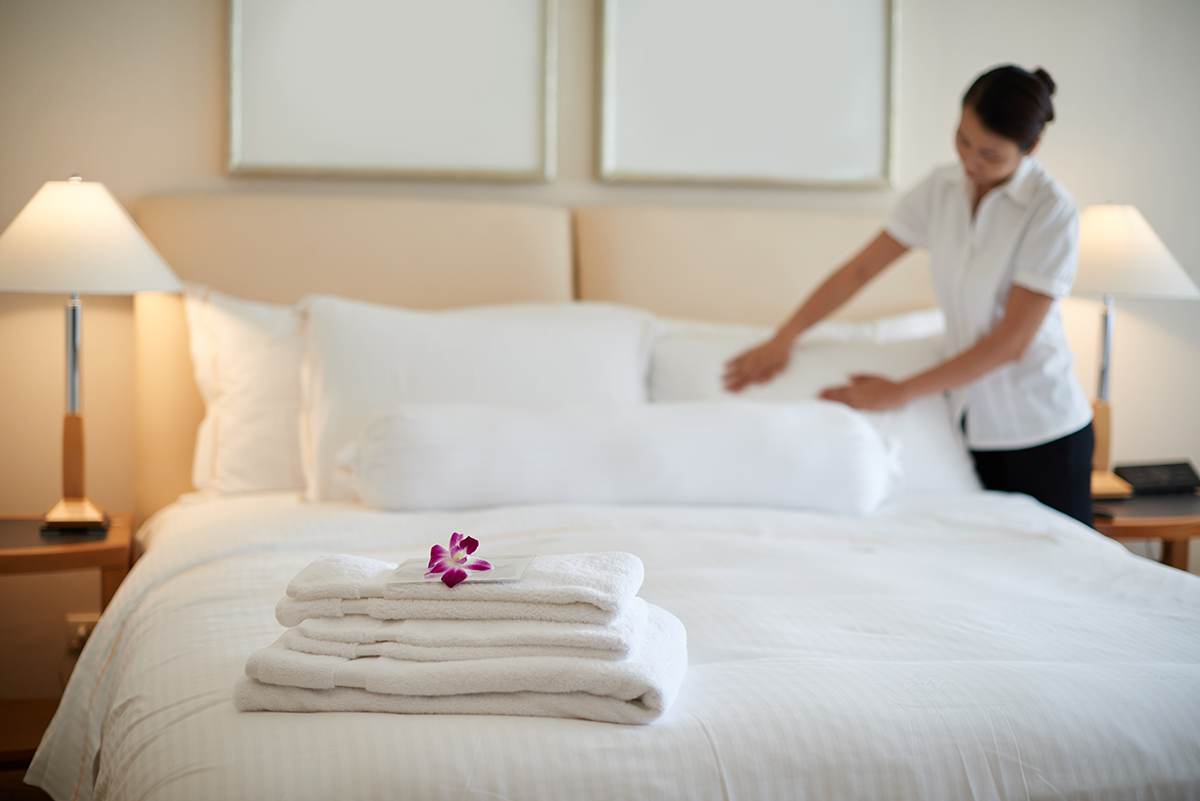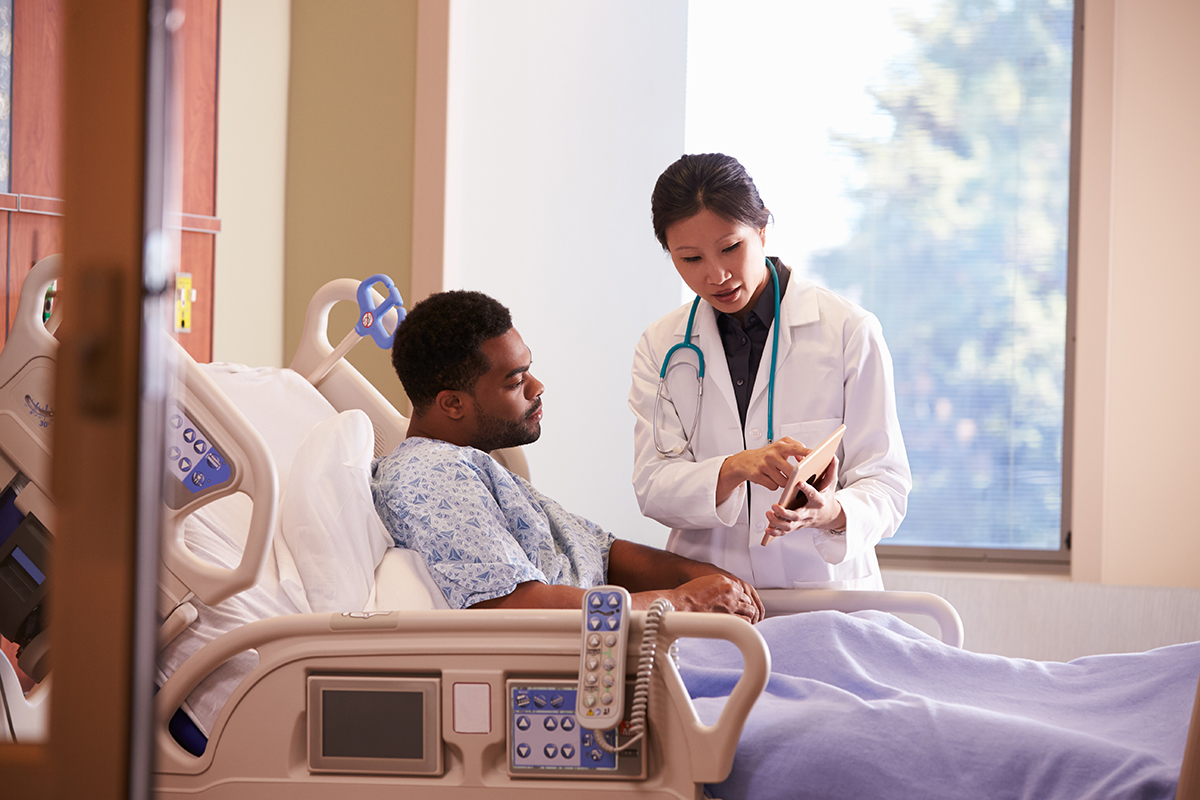Certifications
Hygienically Clean certifications recognize linen, uniform and facility services companies’ commitment to cleanliness through laundry plant inspection and third-party, quantified biological testing. The certification process verifies plant processes used in these facilities meet appropriate hygienically clean standards and best management practices (BMPs) across all laundry customer market segments.
Businesses highly conscientious about the sanitation of their work practices and processes need to become more confident that these do not contribute to human illness. Hygienically Clean certification helps achieve this objective by ensuring textile products laundered for businesses meet key disinfection criteria. Items are washed, dried, ironed and packed using techniques to produce laundry that meets Hygienically Clean’s cleanliness specifications.
To attain Hygienically Clean certification, the laundry must submit to a facility inspection and laundered products must pass three rounds of outcome-based microbial testing, indicating that their processes are producing Hygienically Clean Healthcare textiles and diminished presence of yeast, mold and harmful bacteria.
To maintain their certification, they must pass quarterly RODAC and semi-annual USP 62 testing (RODAC results less than or equal to 20 cfu per square diameter and USP 62 results must show an absence of specified microorganisms) to ensure that as laundry conditions change, such as water quality, textile fabric composition and wash chemistry, laundered product quality is consistently maintained. Re-inspection occurs every two to three years.
A laundry is not required to use particular processes or techniques to achieve certification—within parameters, whatever tactics management feels are necessary can be used to achieve TRSA’s Minimum Performance Specifications as measured by microbial testing. But BMPs must be documented in a written quality control manual.





